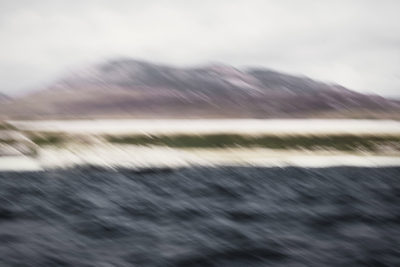Photographs 1980-2017
Charles March was born in 1955 and he starts dabbling with photography as a teenager. His eye and his photographic lenses are captured by the beauty of the landscape in the family property, with its woods, fields and ancient trees.
An independent spirit, he leaves Eton college aged 16 – “we did not like each other”, he comments – and thanks to a chance encounter with the filmmaker Stanley Kubrick, he takes part in the realisation of one of his masterpieces, Barry Lyndon. Photography, used by March to describe the possible settings of the movie, landscapes, houses, objects, becomes the ideal means of expression: dynamic, free, nearly an autobiography. Charles, now 18, finds himself in Africa, working alongside a humanitarian organisation for almost one year.
His return is marked by the choice of a new life; becoming a professional photographer, and a different surname, Charles Settrington, a signature that soon becomes familiar in the most famous advertising agencies, for which he creates campaigns of remarkable success and technical complexity, shown for the first time in the Roman exhibition as “original works”, evidence of an unmatched age, as well as of a unique way of photography making.
A tribute to the theme of still life, the image Shadows, realized for Osborne & Little, is inserted in the Centre Pompidou exhibition dedicated to the best 100 advertising photos from 1930 to 1990. Among many prizes, Charles Settrington has received the silver medal from the Association of Fashion and Advertising Photographers, the highest award of the British press.
But in the late 90’s the spirit of elegant defiance flares up again, and in parallel with new family responsibilities and the relaunch of the Goodwood Motor Circuit, Charles March, having left behind advertising photography, regains his entirely free expression in a personal research that merges his never forgotten passions: originality, individuality, speed. No more optical bench and perfect focus, no more art director nor clients, but in their place the incredible energy of nature, its chromatic richness, its shimmering empathy.
Charles March recovers the astonishment before nature that surrounds his wonderful Estate in West Sussex, and thanks to new digital technology, he dives into the landscape’s vital flow. Two very different pictorial traditions are guiding him, the English watercolour school and the Futurist Manifesto by Filippo Marinetti: the eighteenth century’s grace, as a paintbrush on canvas, and the dynamism of the twentieth century, catching the fluid rhythm of modernity.
The exhibition shows a selection of works “in motion”, from the main series, starting from Nature Translated, dated 2012, a turning point from the accuracy of the still life of the 90’s to a new physical and emotional nimbleness, then Abstract & Intentional, Seascape, and the unpublished tribute to the Scottish island of Jura, in the Hebrides, notoriously beloved also by George Orwell for the strength and intensity of the landscape between earth, sky and water. For the occasion, a book edited by Distanz will be presented, a two-man job, a dialogue between the photos by Charles March and the lines by the Scottish poet Ken Cockburn, personally invited for this project.
The works by Charles March have been exhibited in Saint Petersburg, at Marble Palace, Moscow, in occasion of the Biennale of Photography, in London, at Somerset House and at the Hamilton’s Gallery, and in New York, at the Venus over Manhattan Gallery.
The exhibition is presented in collaboration with Leica.
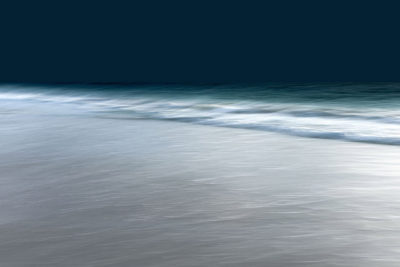
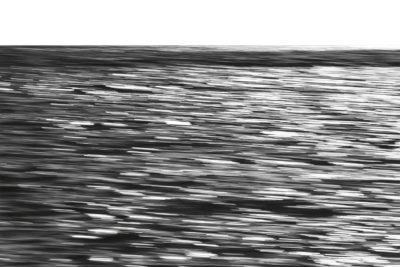
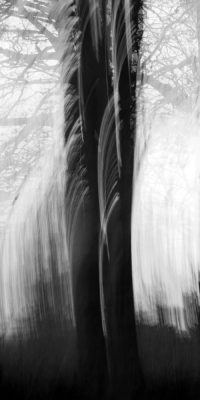
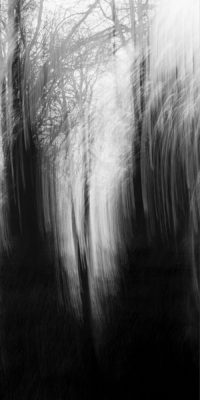
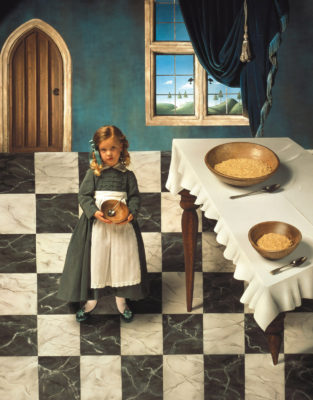
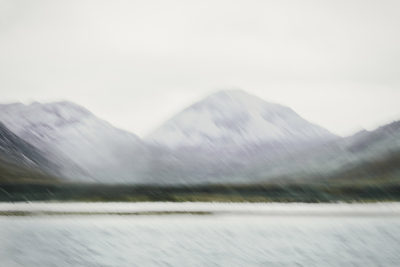
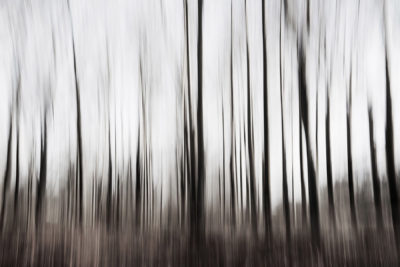
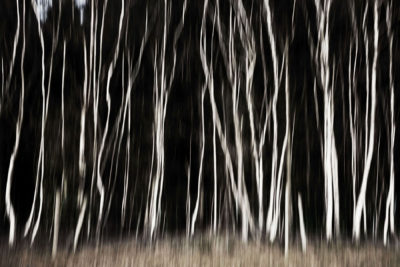
How To Spend It
Grazia
IO DONNA
La Stampa
La Cucina Italiana
La Stampa
Corriere della Sera ROMA
La Repubblica A&F
La Repubblica (ed. nazionale)
GQ
Panorama ICON
Vanity Fair
ROMArtguide
Roma Today
Eventi Culturali Magazine
060608
Wanted in Rome
Arte Cultura
ARTE.it
Artribune
ZERO
Corriere della Sera STYLE
Prima Press
Dire Donna
exibart
La Stampa
Esquire
Il Sole 24 Ore
Four Excellences
Gufetto
BlogRomaisLove

